June 8, 2024–Dakar, Senegal
- mlchad147
- Jun 9, 2024
- 6 min read

Greetings from the Sahel, and bonus points if you know that the Sahel is the semi-arid transition zone between the parched Sahara desert to the north and the tropical greenery of central Africa to the south. Today’s port of call was our last on the African mainland, and it was one I was really looking forward to.
Dakar is easy to find on a map, because it’s the continent’s westernmost point, a spit of land jutting out into the Atlantic Ocean, making it a convenient stop for ships bound for the Far East from Europe. The French certainly thought so, for they made it the administrative capital of all their former African possessions. Senegal gained its independence in 1960, and Dakar is now this overwhelmingly Muslim nation’s capital.
It’s a big city, home to three million of the country’s eighteen million citizens, and one big city problem we experienced, even on a Saturday, was big city traffic. Our destination was Bandia Reserve, a private game reserve southeast of Dakar, and a massive traffic jam of motorists leaving the city added more than half an hour to our expected ninety minute drive. Unlike Ghana, where even the main roads were in poor shape, the modern highway leading out of the city was fine, just inadequate to handle the volume of vehicles using it.
Nevertheless, the ride was interesting, and gave me my first glimpse of baobab trees, something I had been looking forward to since we missed our first chance to see them in Madagascar, a stop we had to skip due to an approaching cyclone. They’re truly unique, and I’d have been disappointed to miss them entirely. We also passed large, modern soccer and basketball arenas on our way out of town, and our guide told us that Senegalese are big fans of those two sports. We noticed that the people of Senegal are tall, and some quick research turned up a CNN article that said that there are tribes here where males average 6’6” in height, ideal for basketball.
Thanks to the heavy traffic our ride out to the Bandia Reserve took two hours, but once we got there the long drive was quickly forgotten. As with the prior game drives we’ve gone on in Sri Lanka and South Africa, we climbed aboard elevated seats on the back of rugged all-wheel vehicles and headed out into the bush in search of native fauna. However, before I discuss the animals we encountered, let me just say that for me the highlight wasn’t an animal at all, but was the magnificent baobab trees that were abundant on the reserve. They are truly unique with their massive trunks, and I loved them. Altogether there are eight species of baobabs, and the ones we saw aren’t the iconic ones from Madagascar that most people are familiar with, but they were still great.
One tree in particular was of special interest and importance. Many years ago the indigenous Serer people buried their griots (storytellers, musicians and oral historians) in the hollows of baobab trees, and one of these ancient trees can be found in the Bandia Reserve. Estimated to be upwards of a thousand years old and with a trunk fifty feet around, it is now protected and preserved, a silent monument to a practice that is now just a memory. I’ll post a photo below, so be sure to check it out.
Nor did the animals disappoint. During the course of our two hour “safari” around the reserve we saw hyenas, giant tortoises, South African elands, Senegalese antelopes, zebras, white rhinos, horse antelopes, warthogs, giraffes, African forest buffaloes, impalas, red columbine monkeys, green monkeys, long tailed glossy starlings, Savile’s bustards, Nile crocodiles, and a small herd of critically endangered western derby elands, which the reserve is working to increase.
After the safari I had just enough time to pop into Bandia’s small gift shop and buy a postcard and hat (my hat collection is officially out of control) before we had to board the bus for the trip back to Dakar and the ship. One intriguing sight that was repeated several times on our way back was live goats riding on the tops of vehicles headed toward the city. We found out later that there is a Muslim festival in Dakar next week at which goats are slaughtered and eaten. It’s seeing and learning things like this that makes travel so enriching.
We were back on the ship in time to see a 5:00 pm performance in the theater by a troupe of young dancers from Dakar, and their high energy mix of traditional and modern dances was the perfect ending to both a great day in Senegal and a great month circling Africa. Our African detour only came about because it was too dangerous to use the Suez Canal, but in retrospect I wouldn’t have missed it for the world. Hopefully there will be another opportunity to see the places we missed, like the pyramids and Petra, but when would I get another chance to visit places like Angola, Ghana and Senegal? West Africa has poor infrastructure, high unemployment and poverty, and diseases like yellow fever and malaria are still around to some degree, but the sights are amazing and the people are wonderful. If you’re an adventurous traveler, you could do a lot worse.
As one chapter ends, another begins. We’re now off to the Canary Islands, a Spanish possession that is part of the European Union. Euros, which we have, are the official currency in Tenerife, so the days of scrambling to figure out if credit cards are accepted or if we need to exchange our dollars for things like Angolan Kwanzas are behind us. After two days in the Canaries we head for Gibraltar and then the Mediterranean, where we’ll be for quite a while, and I’ll be reporting on all of it, so stay tuned.
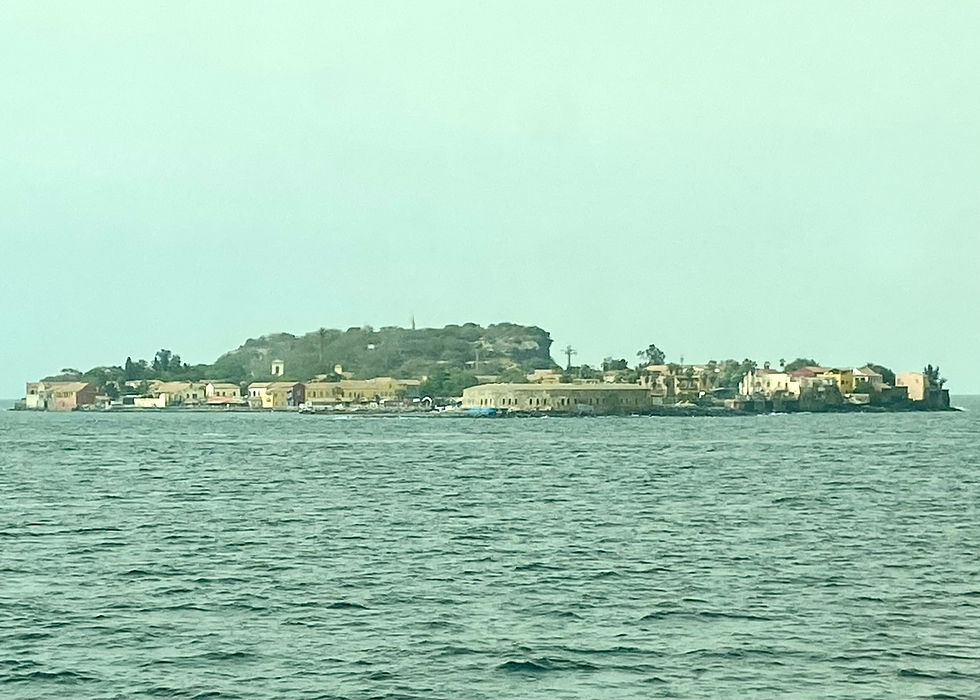
On our way in to Dakar we sailed past Goree Island, where captured slaves were held by their French captors before being shipped off to the Americas.

There is no shortage of motor vehicles in Dakar. This was early on a Saturday, when traffic was lighter than during the work week.

On our way out to Bandia Reserve. Locals open small roadside businesses and sell anything and everything.
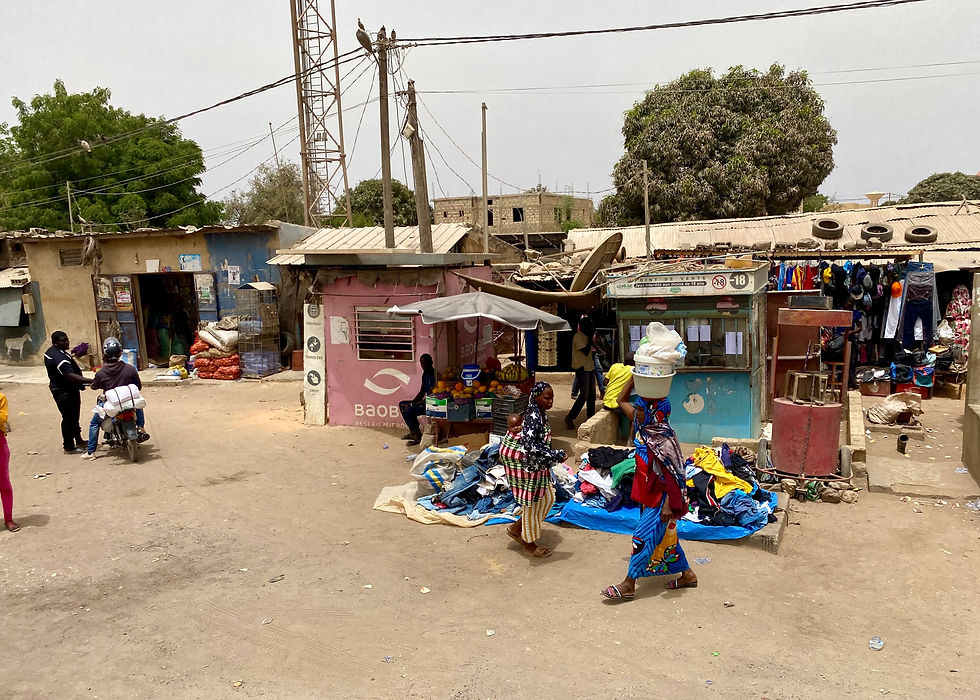
Another example of roadside businesses.

Closeup from the previous photo. Many Africans carry items on their heads.

One more photo of roadside stands, these selling fruits and vegetables.

It seems like everywhere we’ve gone in Africa they’ve holding a presidential election this year. Senegal is no different.

At Bandia Reserve, one of the first animals we saw was this hyena.
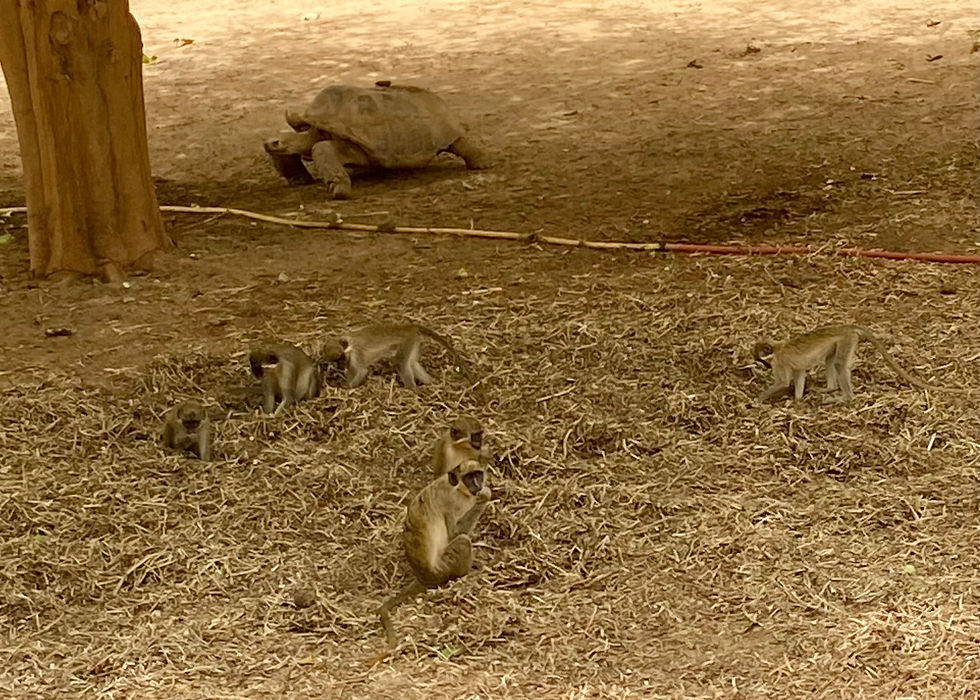
Green monkeys were feeding on something in the giant tortoise pen.

Rhinos are always a must-see at a game reserve.
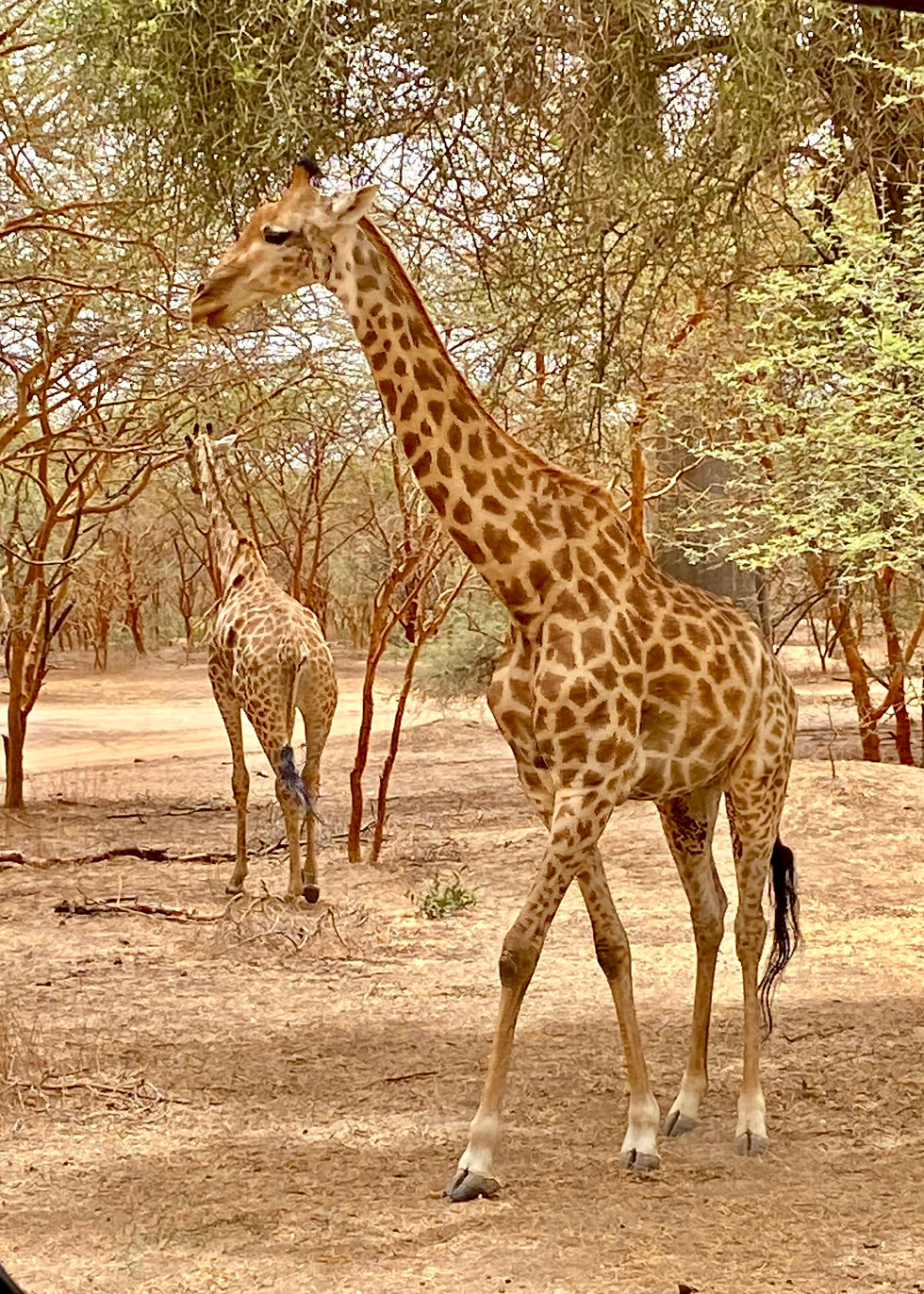
Giraffes are a must-see as well.
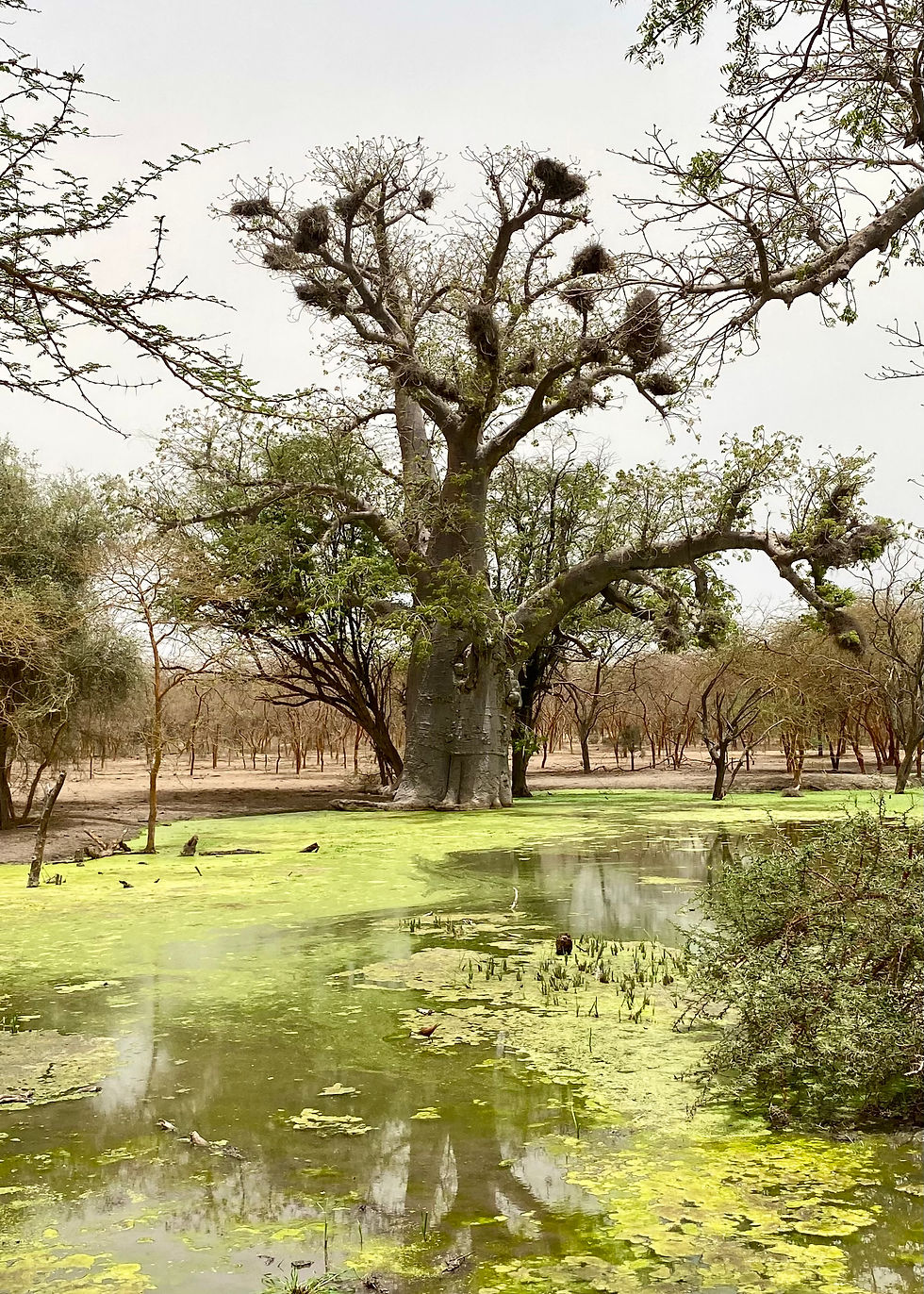
For me, however, the baobab trees were the stars of the show.

Another baobab, with a zebra and antelopes in the background.

Clearly these female ostriches are used to being fed from a vehicle, because they came right over to ours.
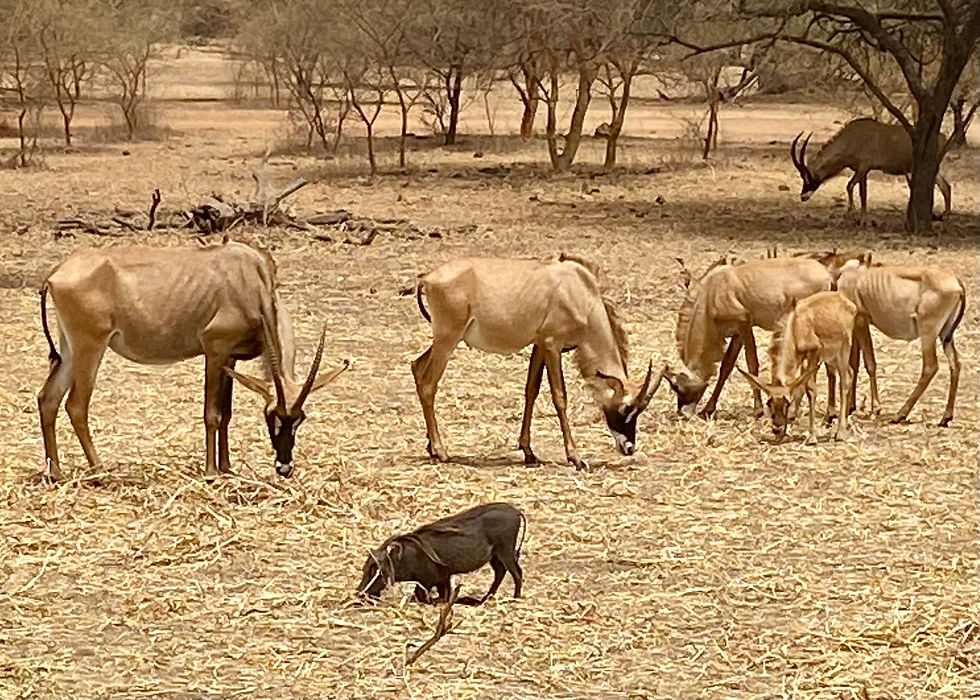
Antelopes and a warthog scrounging for something to eat.

African forest buffaloes.

More of the buffalo herd.
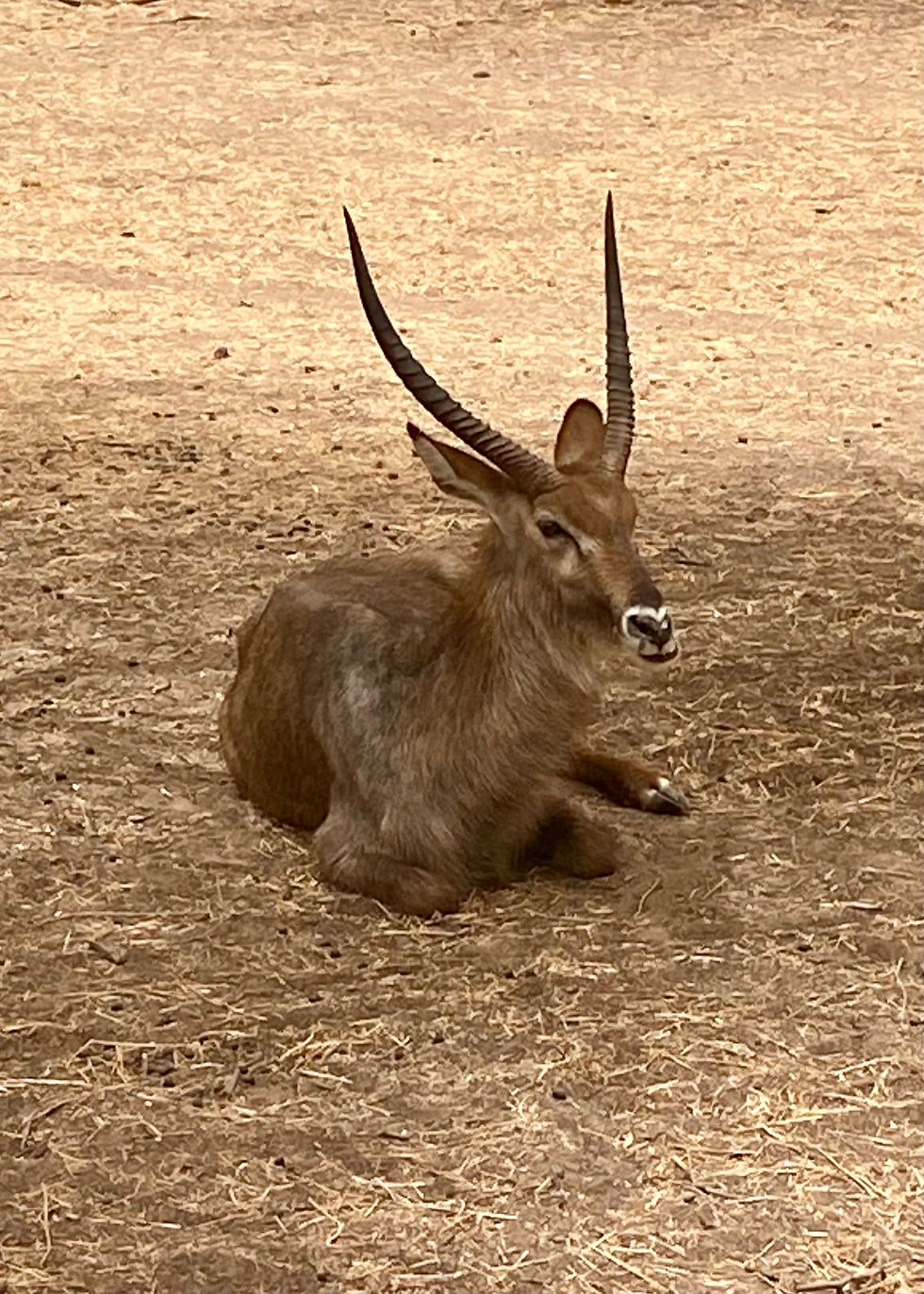
Can’t recall which type of antelope this is, but it was gorgeous. The reserve is home to several species of antelopes.

Another great old baobab tree. Baobabs can live for well over a thousand years.

This is a very rare western derby eland, the largest species of antelope. Bandia is one of two reserves that are part of the project to increase their numbers.

This baobab, which is more than fifty feet around and upwards of a thousand ye old, is one of the few remaining that the indigenous Serer people used to bury their griots, who were community leaders. It’s carefully protected now, and yes, those are probably human skulls.

Impalas near a watering hole.

Sorry for the blurry pho, but this was as close as we could get to these red columbine monkeys.
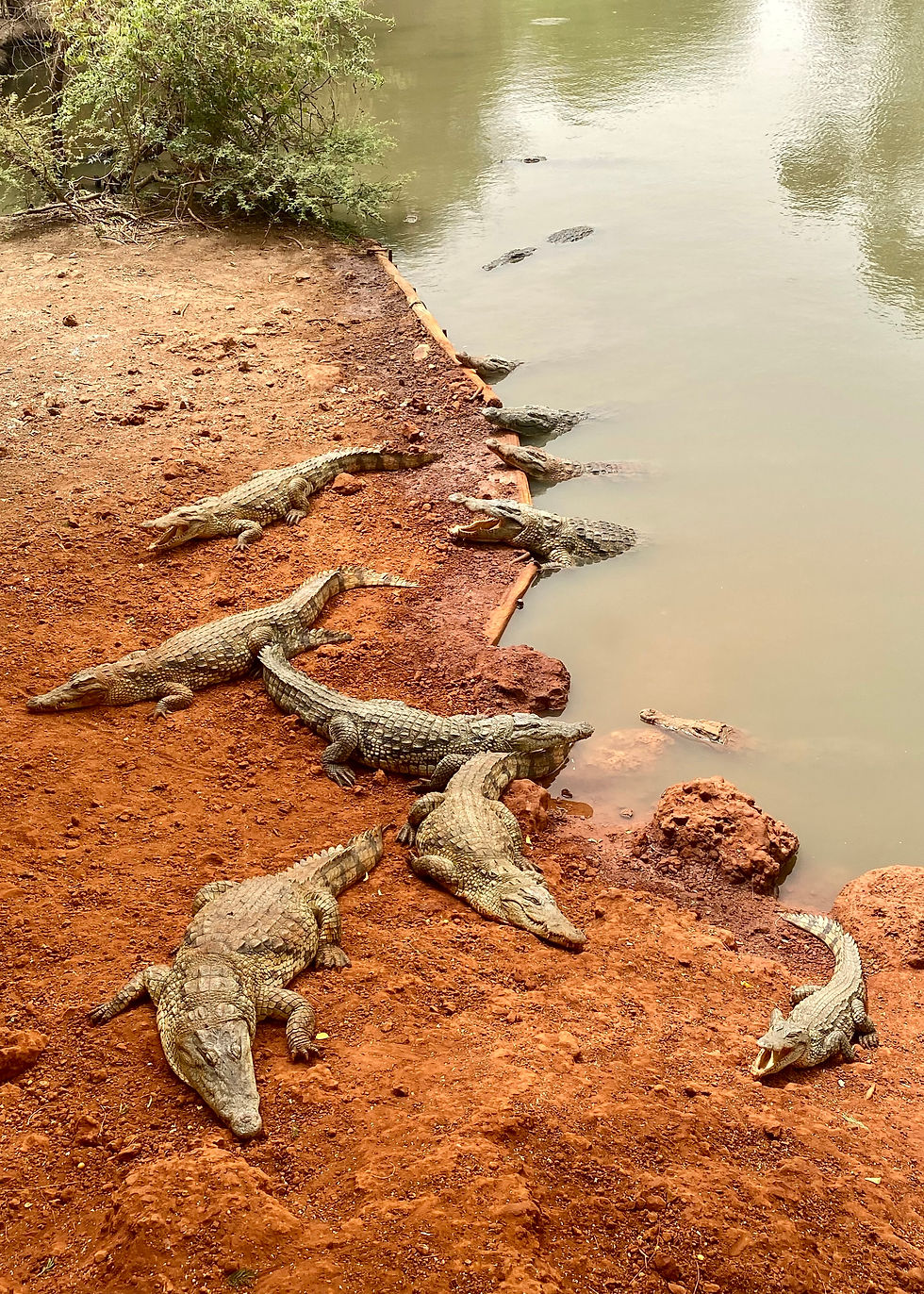
Nile crocodiles are endemic to Senegal.

These green monkeys (notice the baby) were hanging around on the unused vehicles back at the Sandia headquarters.

One of the many small roadside businesses we passed on our way back to Dakar.

We saw more than one donkey pulling carts.

Not everyone we saw along the road was working or tending a shop. Unemployment in Senegal is thirty percent.
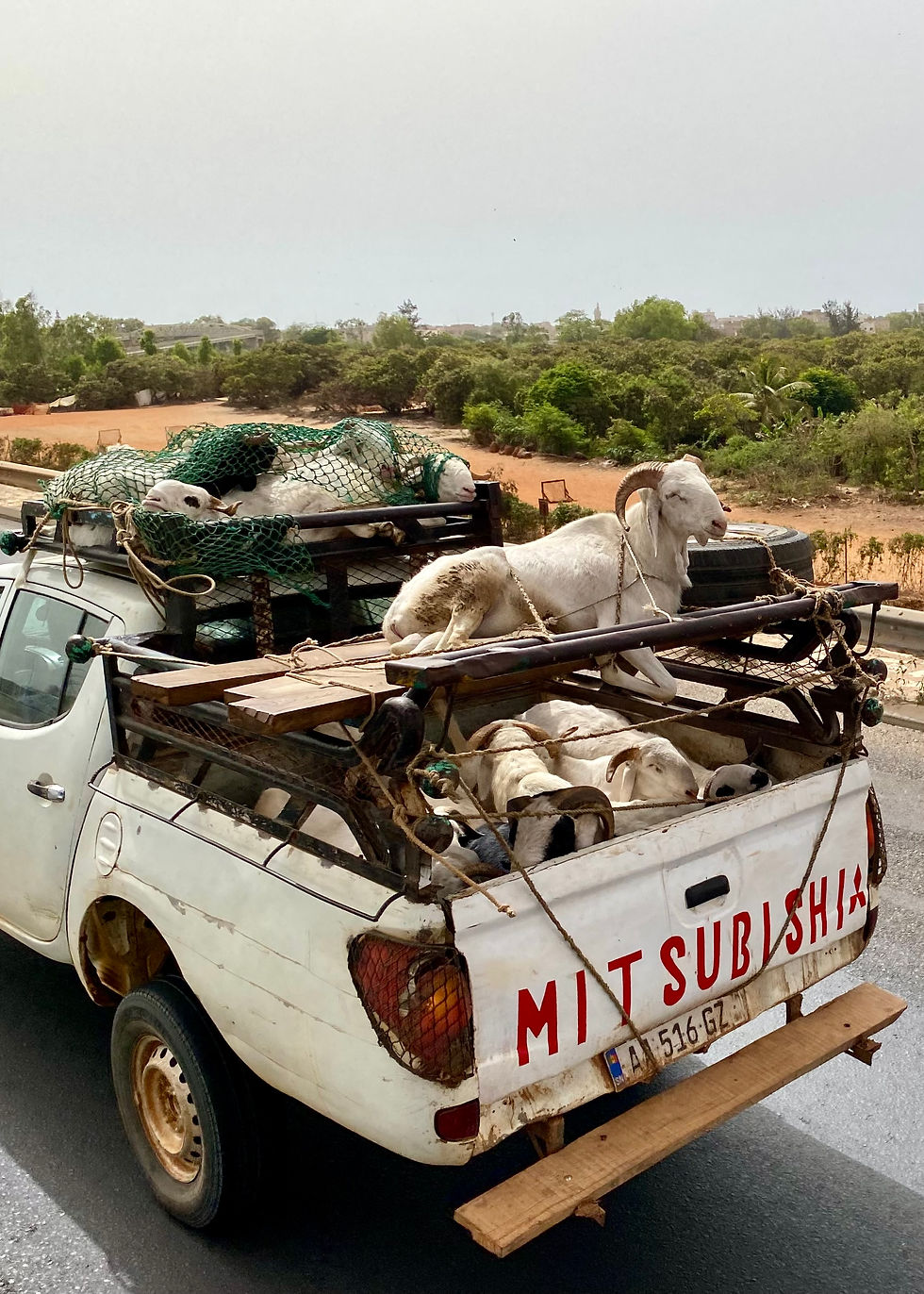
We passed many vehicles carrying goats on their way into Dakar, where they will be slaughtered and eaten as part of a Muslim festival.
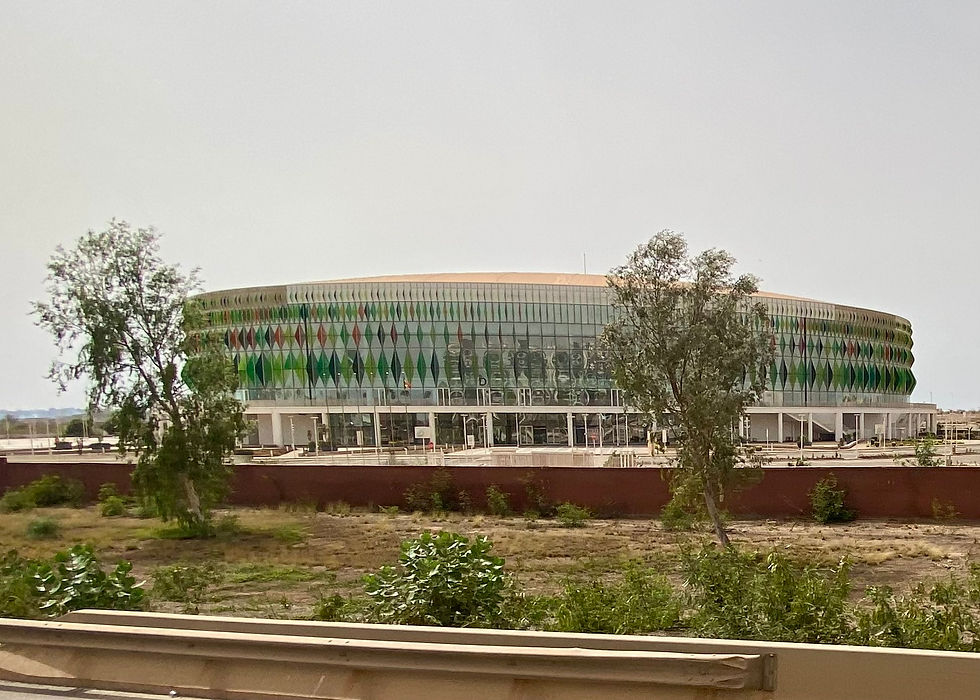
Dakar’s gorgeous basketball arena. Basketball is very popular in Senegal.


